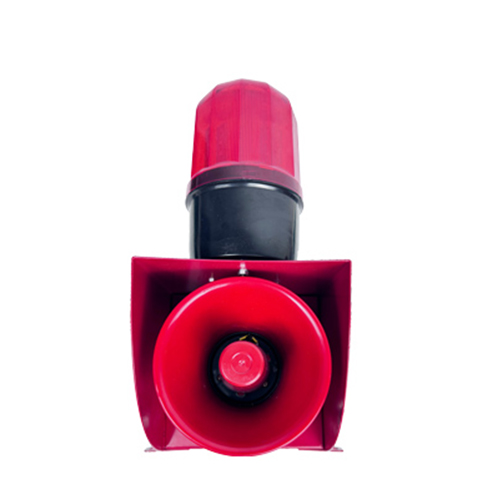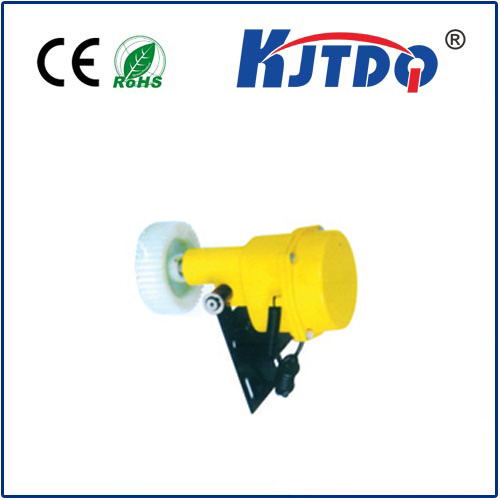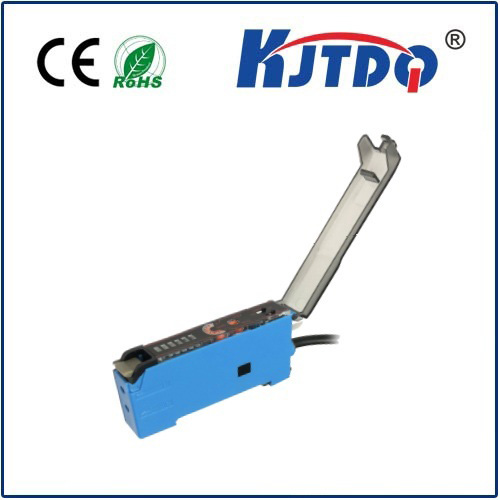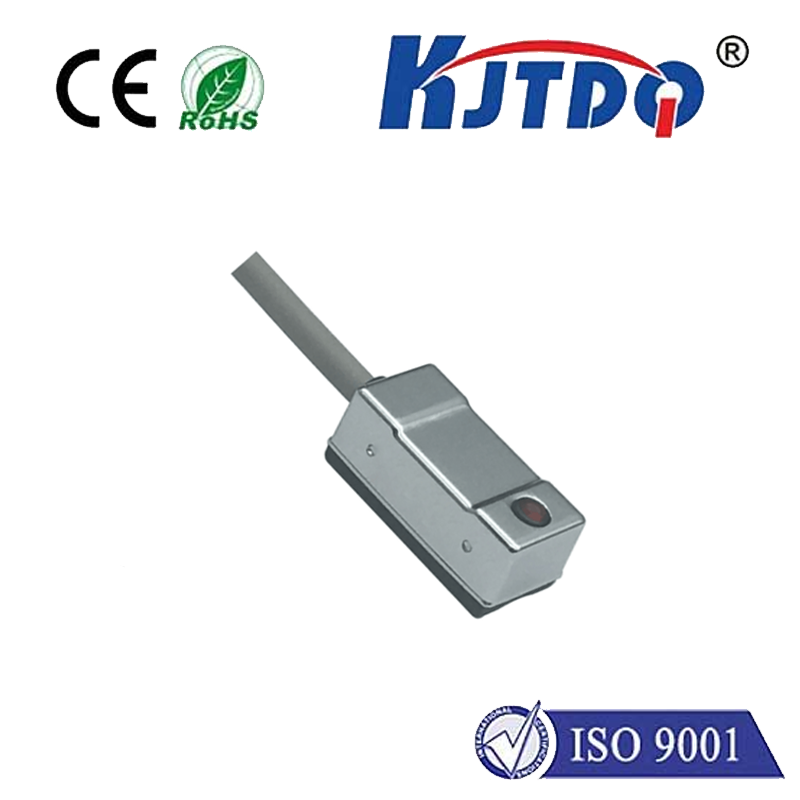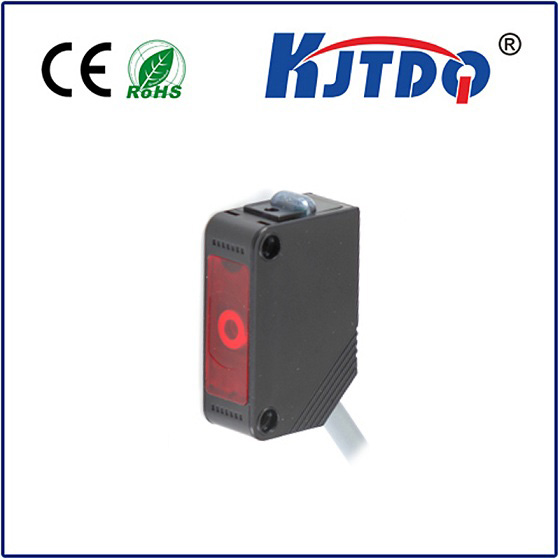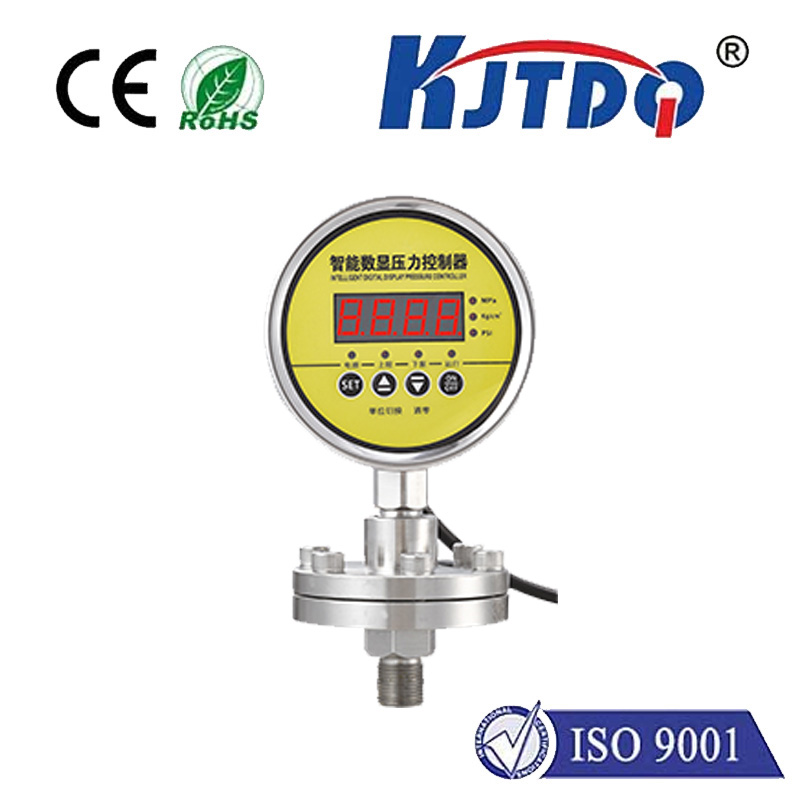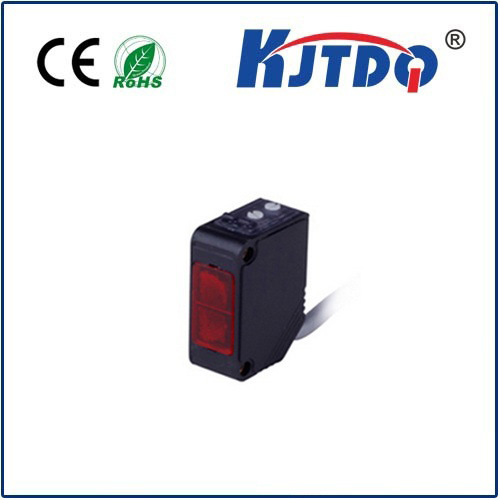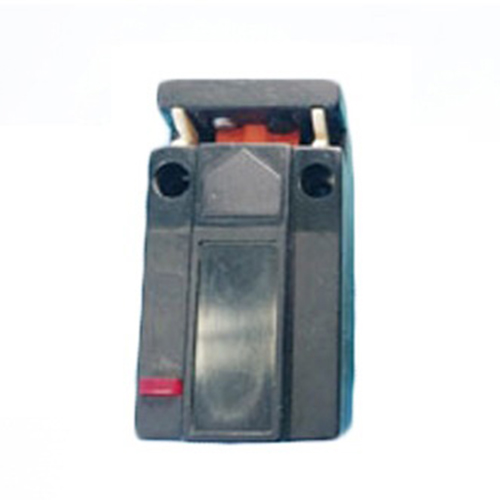

check

check

check

check

check

check

check

check

check

check
Title: Cost-Effective Photoelectric Sensors: Enhancing Efficiency and Productivity
The world of technology is constantly evolving, with new innovations being introduced every day. One such innovation that has made a significant impact in various industries is the photoelectric sensor. These sensors have revolutionized the way machines operate by providing accurate data and improving productivity. In this article, we will discuss the cost-effectiveness of photoelectric sensors and how they can enhance efficiency and productivity.
Photoelectric sensors are devices that use light to detect objects or measure distances. They consist of a light source, usually an LED or laser, and a detector that senses changes in light intensity or position. When an object interrupts the light beam, the sensor sends a signal to the control system, triggering a response. These sensors are widely used in manufacturing, packaging, and automation applications for tasks such as counting, sorting, and conveyor control.

One of the most significant advantages of photoelectric sensors is their cost-effectiveness. Compared to other types of sensors, photoelectric sensors are relatively inexpensive and require minimal maintenance. This makes them an ideal choice for small businesses and start-ups looking to improve their operations without breaking the bank. Moreover, since these sensors have a long lifespan, they reduce the need for frequent replacements, further reducing costs.
Another benefit of photoelectric sensors is their ability to enhance efficiency and productivity. By providing accurate data on object detection and measurement, these sensors help optimize machine performance and reduce downtime. For example, in a packaging line, photoelectric sensors can be used to ensure that products are accurately labeled and placed in the correct containers, minimizing errors and improving overall quality. Similarly, in a manufacturing setting, these sensors can be used to monitor production processes and identify any bottlenecks or inefficiencies, enabling businesses to make necessary adjustments and streamline their operations.
In addition to their practical benefits, photoelectric sensors also offer flexibility and ease of integration with existing systems. They can be easily mounted on machines or integrated into automated systems, allowing businesses to customize their operations according to their specific needs. Furthermore, many photoelectric sensor models come with user-friendly interfaces and configuration options, making it easy for operators to set up and adjust the sensor settings as needed.
Despite their numerous advantages, some businesses may hesitate to invest in photoelectric sensors due to concerns about compatibility with existing equipment or technical expertise required for installation and maintenance. However, many manufacturers offer comprehensive support services, including technical assistance and training programs, to help customers overcome these challenges and maximize the benefits of their photoelectric sensor investments.
In conclusion, photoelectric sensors are a cost-effective solution for businesses looking to improve efficiency and productivity in their operations. With their accurate data collection capabilities, long lifespan, and ease of integration with existing systems, these sensors offer numerous benefits that make them an ideal choice for businesses of all sizes. By investing in photoelectric sensors, companies can take advantage of these benefits and stay competitive in today's fast-paced technological landscape.
